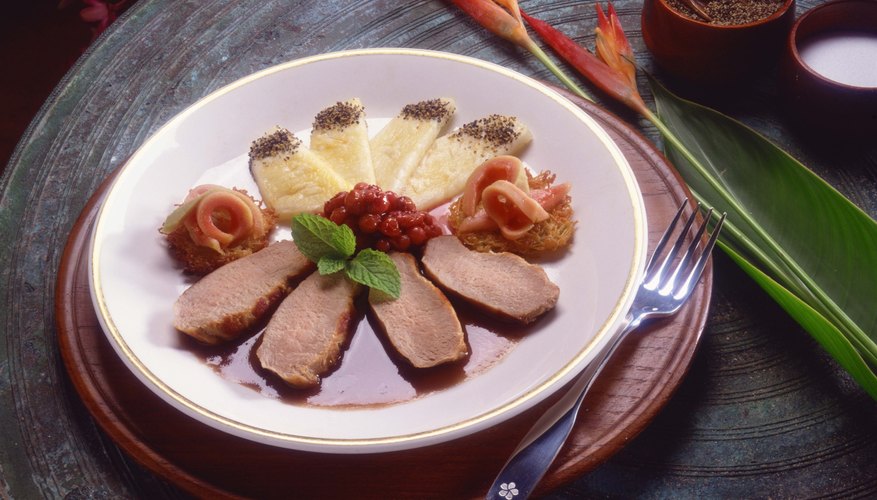The loganberry, classified as a member of the bramble berry family (and considered a hybrid of raspberries and blackberries) produces juicy red berries that can be used for a variety of things, ranging from dessert topping to jellies and jams. You could even make loganberry wine. Tending slightly towards the tart or tangy side, they are usually harvested between July and September depending where you live. Loganberries grow on one-year old canes, so that the new canes that grow this season will bear fruit next year. As a result, good pruning practices are needed to optimise fruit production.
Cut the one-year old canes which have produced this year’s crop all the way back to ground level after you have harvested the fruit.
Leave between 10 to 12 new canes (this season's growth) per plant that will bear next season’s fruit. More may result in over crowding and a reduction of light and air circulation.
- The loganberry, classified as a member of the bramble berry family (and considered a hybrid of raspberries and blackberries) produces juicy red berries that can be used for a variety of things, ranging from dessert topping to jellies and jams.
- Leave between 10 to 12 new canes (this season's growth) per plant that will bear next season’s fruit.
Trim the new canes back to approximately 20 cm (8 inches) in height. This will boost growth of next year’s new shoots and improve your loganberry crop.
Watch for disease or die back during the growing season. You may need to remove shoots or canes that become infected or die back as they are unlikely to bear fruit and may spread the problem to other parts of the plant.
Watch for pests during the growing season. Consult with your local nursery as to what treatments can be safely used on or around the plant as you will be eating these berries and don’t want to use something that would be dangerous to consume.
TIP
You may want to gently tie the young canes to your trellis or whatever framework against which your loganberry plant is growing. Once picked, loganberries are quite perishable. After buying, it’s advised that you place the loganberries in a covered dish and refrigerate immediately.
